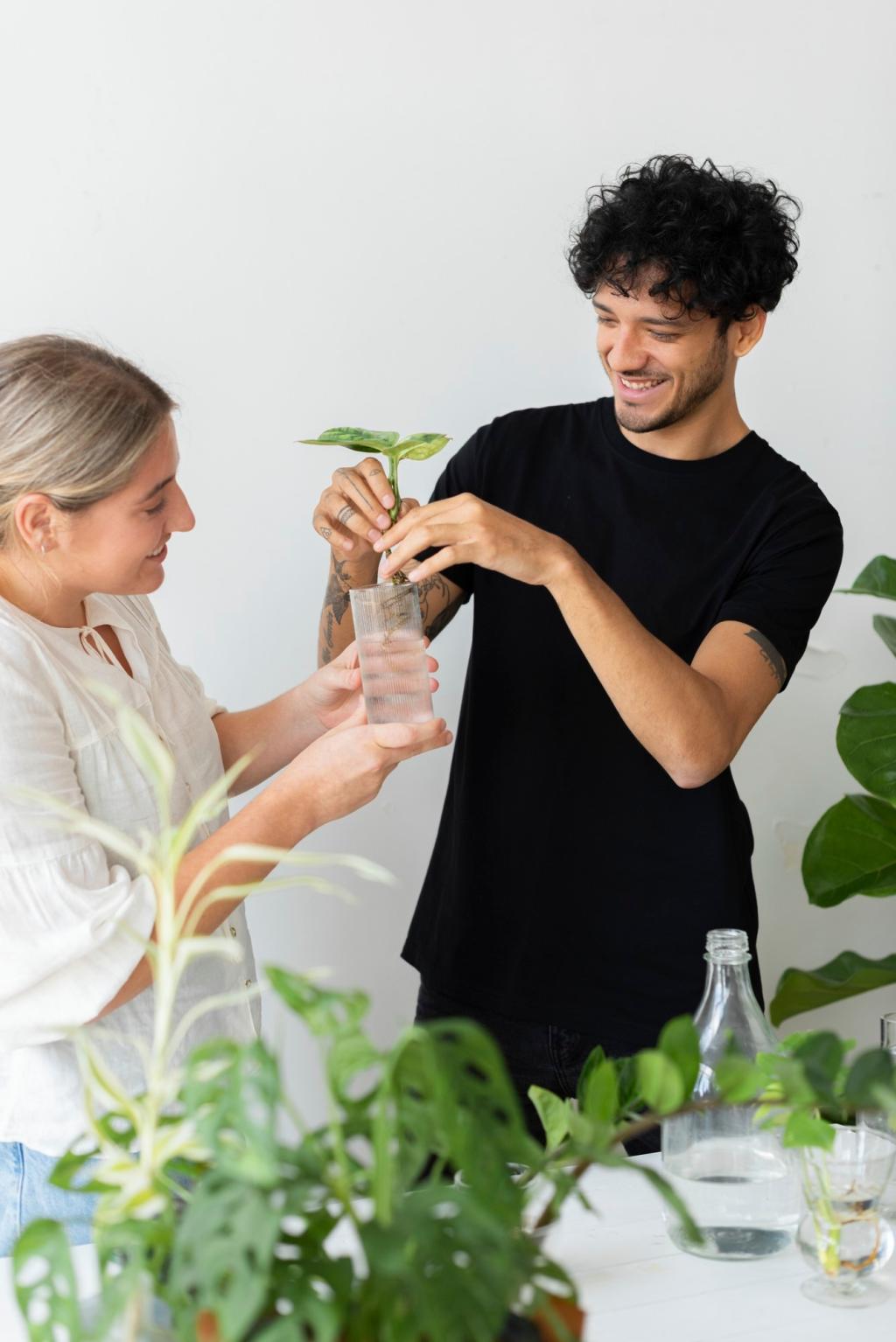
Find Your Steady Center: Mindfulness Meditation Practices
Chosen theme: Mindfulness Meditation Practices. Step into a kinder pace where each breath is a guide and every moment becomes spacious. Here, we explore practical, science-backed, and heartfelt ways to bring calm clarity into your everyday life.

This is the heading
Lorem ipsum dolor sit amet, consectetur adipiscing elit. Ut elit tellus, luctus nec ullamcorper mattis, pulvinar dapibus leo.

This is the heading
Lorem ipsum dolor sit amet, consectetur adipiscing elit. Ut elit tellus, luctus nec ullamcorper mattis, pulvinar dapibus leo.
Set a timer for five minutes and sit upright with a relaxed, dignified posture. Follow the breath. When distractions rise, return kindly. Tell us how your first week felt, and what surprised you most about showing up consistently.
Building a Daily Mindfulness Rhythm
Core Techniques You Can Trust
Breath Awareness
Place attention on the natural inhale and exhale at the nostrils or belly. Label wandering gently—thinking, planning, remembering—and return. Share your preferred anchor point and why it helps you settle more easily.
Body Scan
Move attention slowly from toes to crown, observing sensations without forcing them to change. This practice builds interoceptive awareness and calm. Tell us which body regions feel loudest or quietest when you scan with patience.
Loving-Kindness (Metta)
Silently offer phrases like, “May I be safe, may I be peaceful, may I be healthy.” Extend them to loved ones, strangers, and difficult people. Notice how warmth shapes your day. Who surprised you by becoming easier to hold?

Stress and the Nervous System
Slow, steady breathing activates the parasympathetic response, helping lower cortisol and heart rate. Many practitioners report better sleep after regular practice. Have you noticed a calmer baseline during tough days at work or home?

Focus, Attention, and Neuroplasticity
Studies suggest consistent mindfulness strengthens networks related to attention and cognitive control. Even ten minutes daily can sharpen focus. Share one task that felt easier to sustain after a week of mindful breathing or body scanning.

Emotional Regulation and Resilience
Mindfulness may reduce amygdala reactivity, creating a pause between trigger and response. One reader described catching irritation during a meeting and choosing curiosity instead. When did mindfulness give you just enough space to choose wisely?
Mindfulness in Everyday Moments
01
Mindful Walking Between Tasks
Feel feet touch the ground, notice weight shift, sense air on your skin. Leave your phone pocketed for one hallway trip today. Comment on how your mood shifted after two minutes of unhurried, attentive walking.
02
Mindful Eating, One Bite at a Time
Before the first bite, pause. Notice color, aroma, anticipation. Chew slowly and track flavor changes. Try this for the first sip of coffee tomorrow, then share what surprised you about tasting with full attention.
03
Mindful Communication
Listen for the other person’s feeling beneath their words. Pause before replying, relax your shoulders, breathe once, then speak. After your next conversation, reflect: what shifted when you responded rather than reacted?

Share Your Story Today
Tell us why you’re drawn to Mindfulness Meditation Practices and what you hope to change. Your experience may encourage someone else to begin, and your questions can shape future guides and discussions here.
A Gentle 7-Day Experiment
Commit to five minutes daily for one week: three days breath awareness, two days body scan, two days loving-kindness. Note one insight each day. Report back with wins, wobbles, and aha moments.
Stay Connected for Support
Subscribe for weekly practice prompts, fresh guided ideas, and compassionate check-ins. Comment with topics you want next—workday resets, mindful parenting, or sleep rituals—so we can craft resources that meet your real life.
